June 27, 2022
Four in ten people would take unpaid leave to get more time off
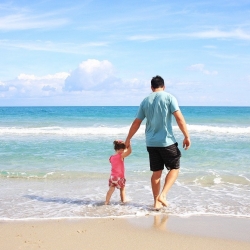 New research shows British workers are increasingly willing to take measures to achieve better work-life balance, as over 4 in 10 (43 percent) of UK employees would take unpaid leave to get more time off – the second highest amount of all European countries surveyed. The poll from SD Worx, claims that while people want to prioritise taking time off, the struggle is how to disconnect from the working world. Findings show that almost a third (32 percent) of UK employees check their work while they should be offline, and 34 percent say that it’s difficult to let go of workload when on holiday. (more…)
New research shows British workers are increasingly willing to take measures to achieve better work-life balance, as over 4 in 10 (43 percent) of UK employees would take unpaid leave to get more time off – the second highest amount of all European countries surveyed. The poll from SD Worx, claims that while people want to prioritise taking time off, the struggle is how to disconnect from the working world. Findings show that almost a third (32 percent) of UK employees check their work while they should be offline, and 34 percent say that it’s difficult to let go of workload when on holiday. (more…)





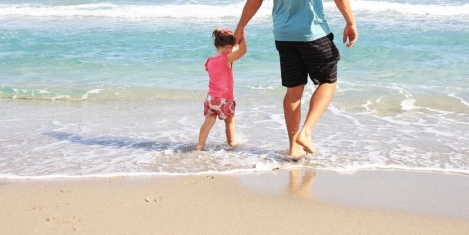
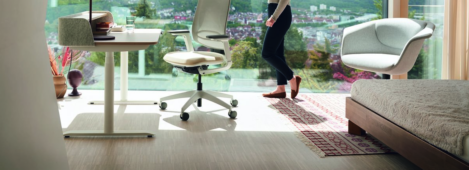
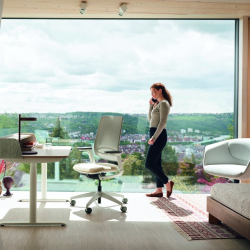

 People struggle to express themselves authentically at work because they feel a need to conform to the tenets of the workplace culture, Dame Inga Beale, the former and first female CEO of Lloyd’s of London, told ESCP Business School.
People struggle to express themselves authentically at work because they feel a need to conform to the tenets of the workplace culture, Dame Inga Beale, the former and first female CEO of Lloyd’s of London, told ESCP Business School. 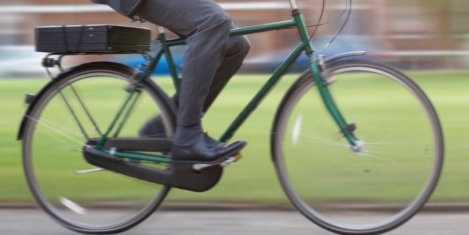
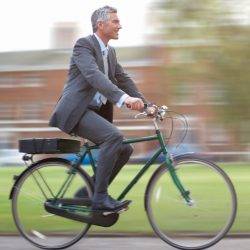
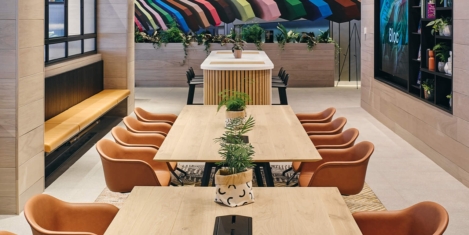
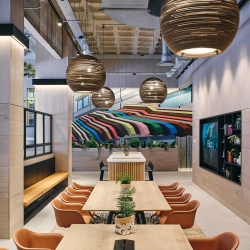


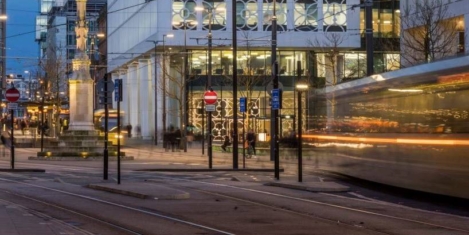
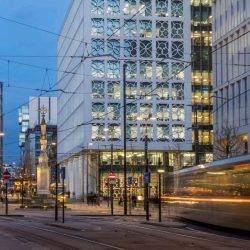
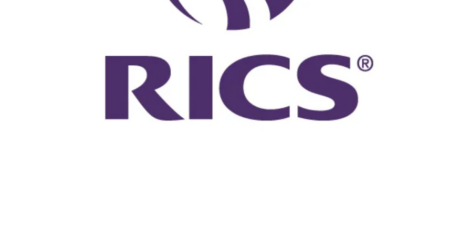



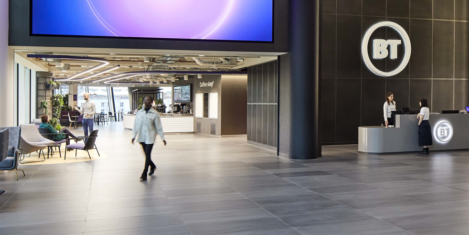
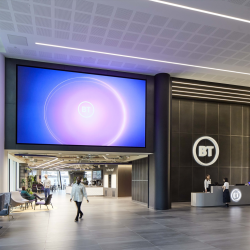











June 21, 2022
Flexible working options can support women in the workplace
by Dr Gabriella Rosen Kellerman • Comment, Flexible working, Wellbeing